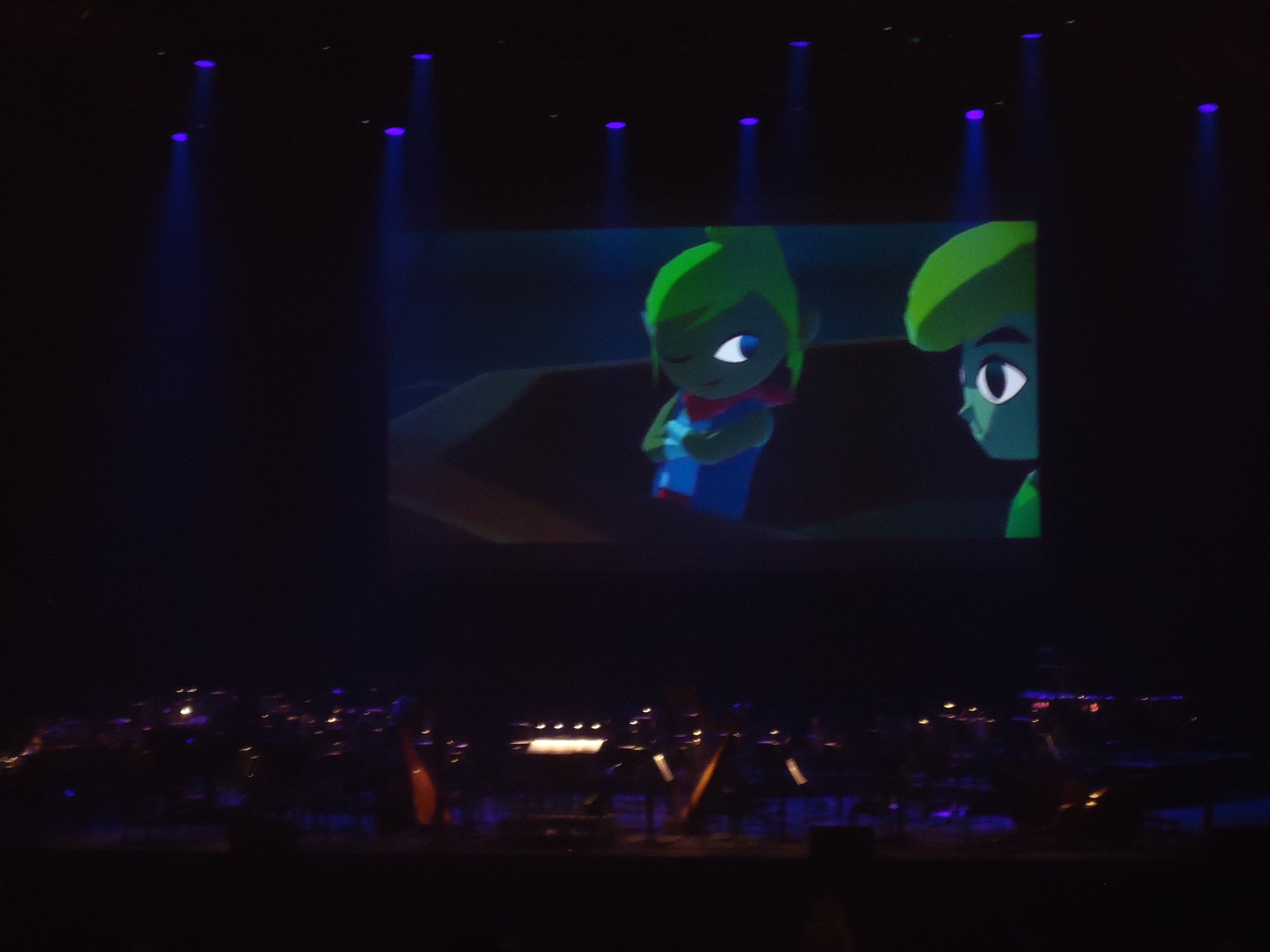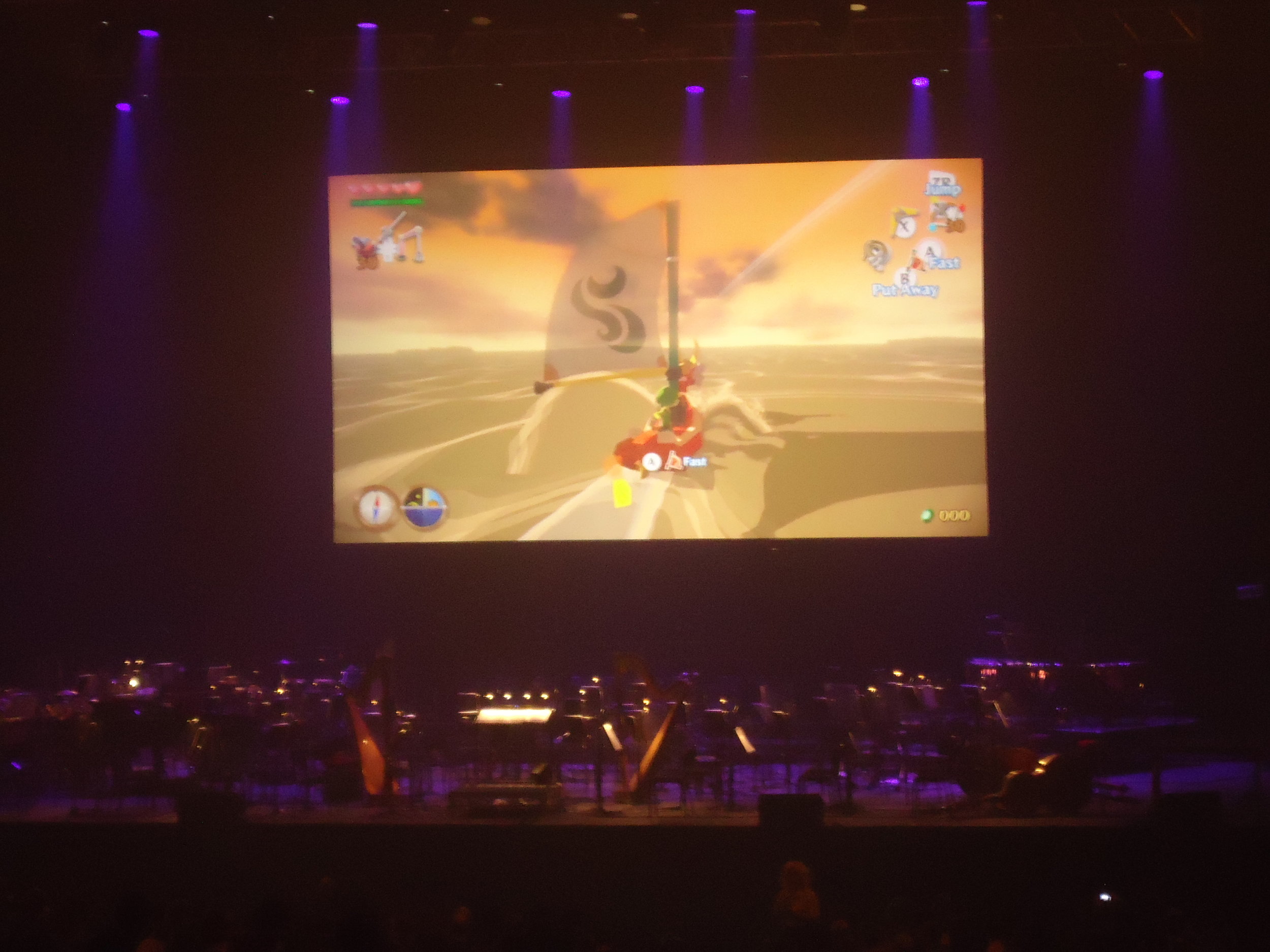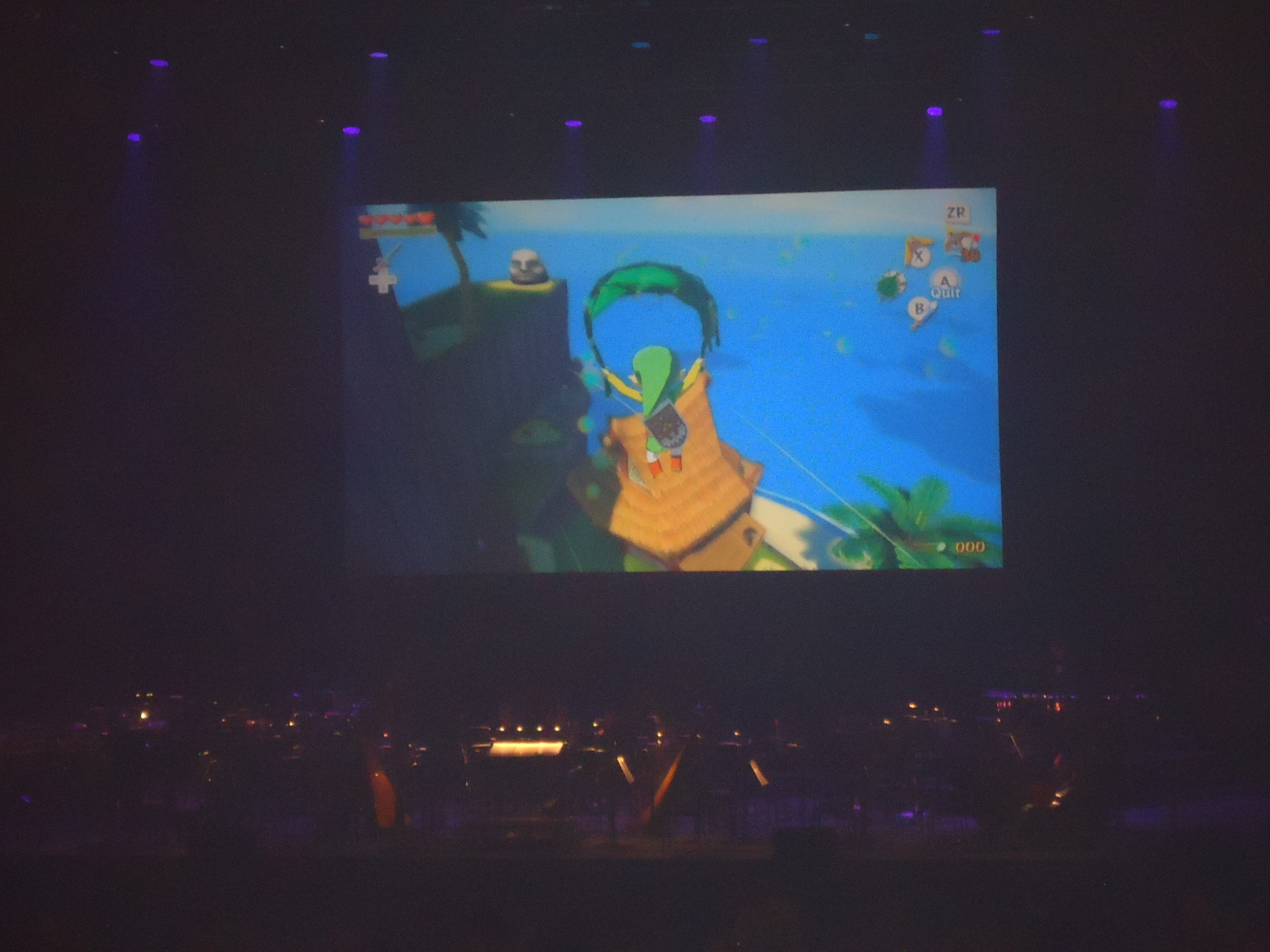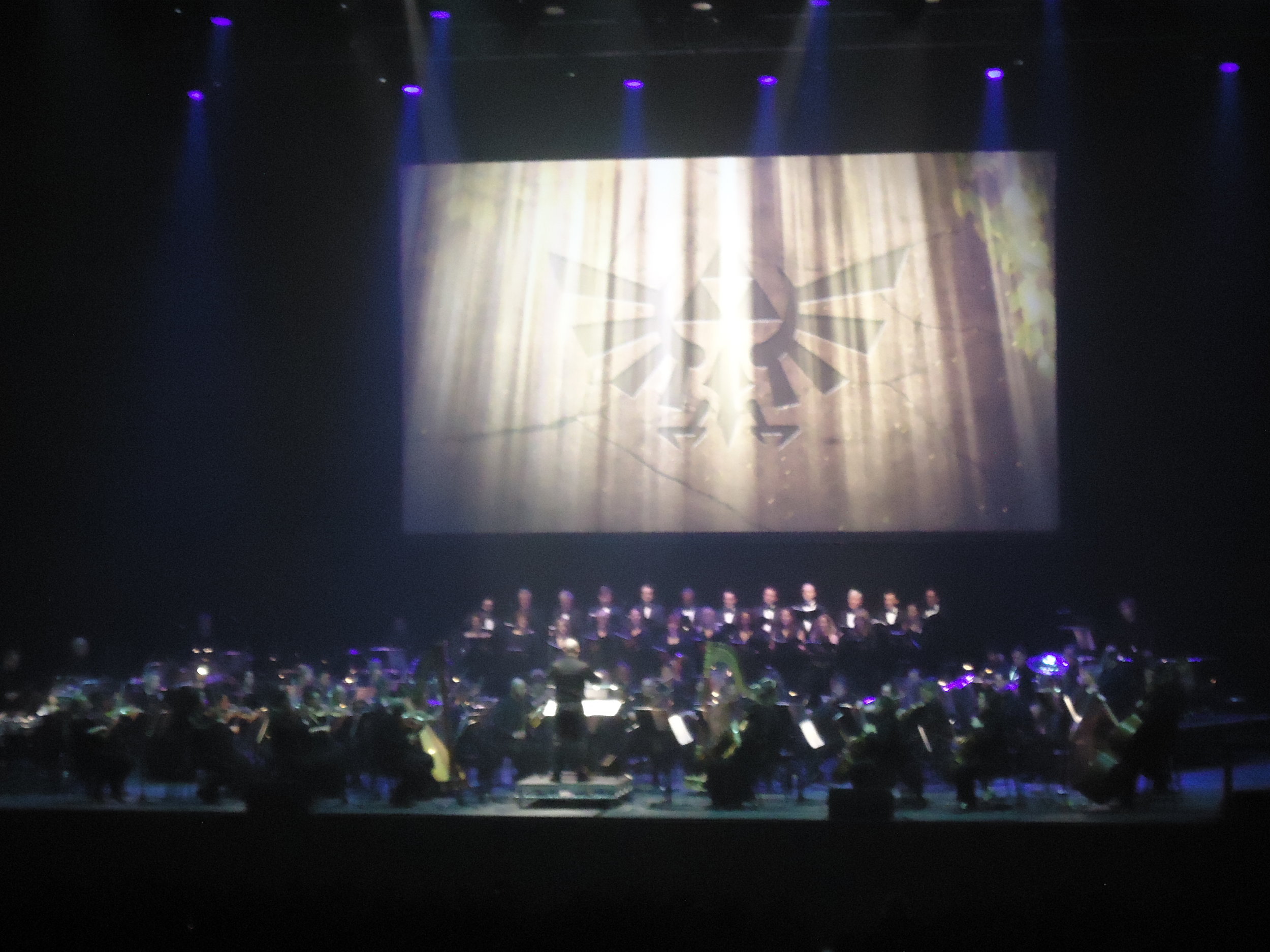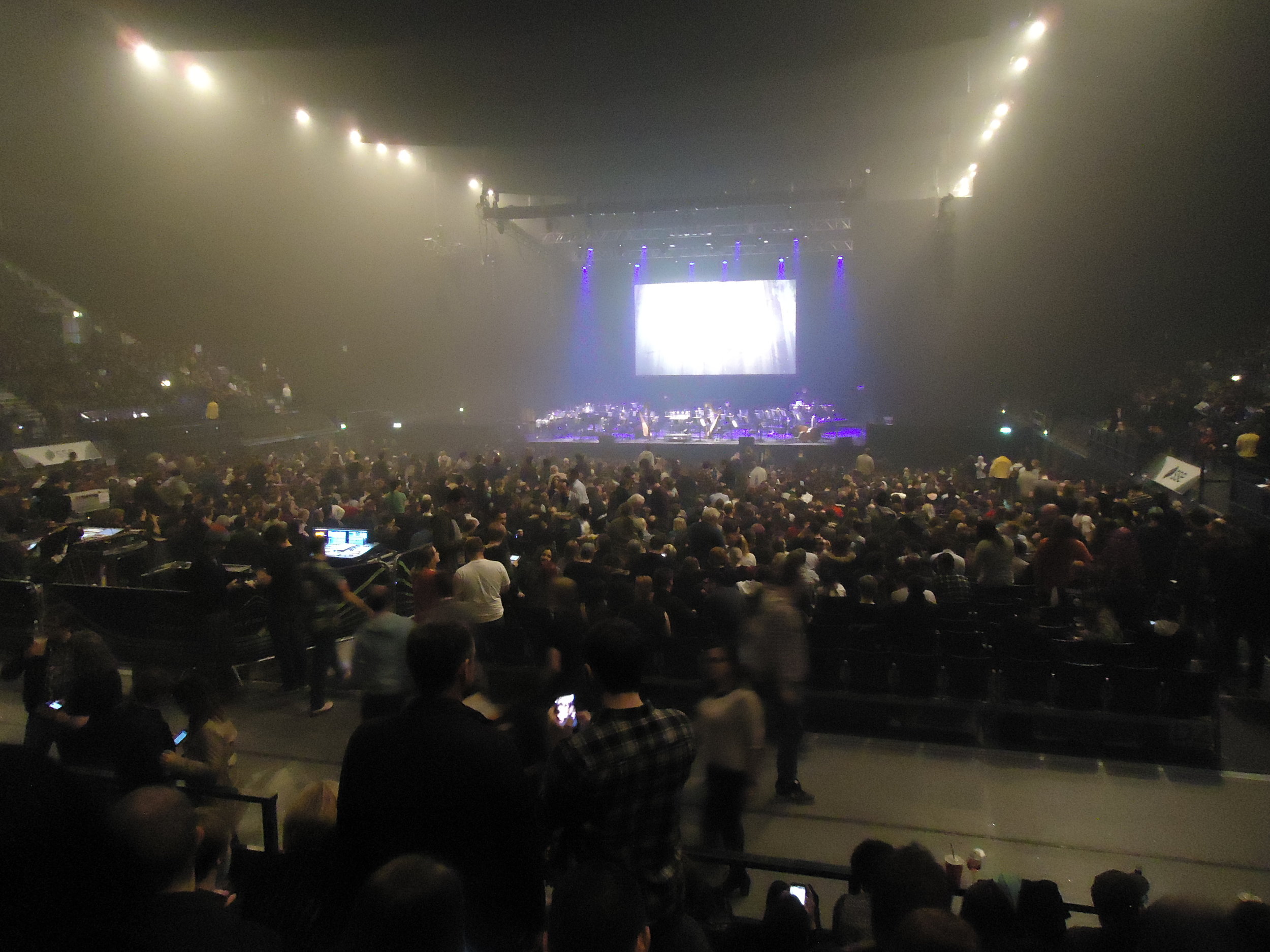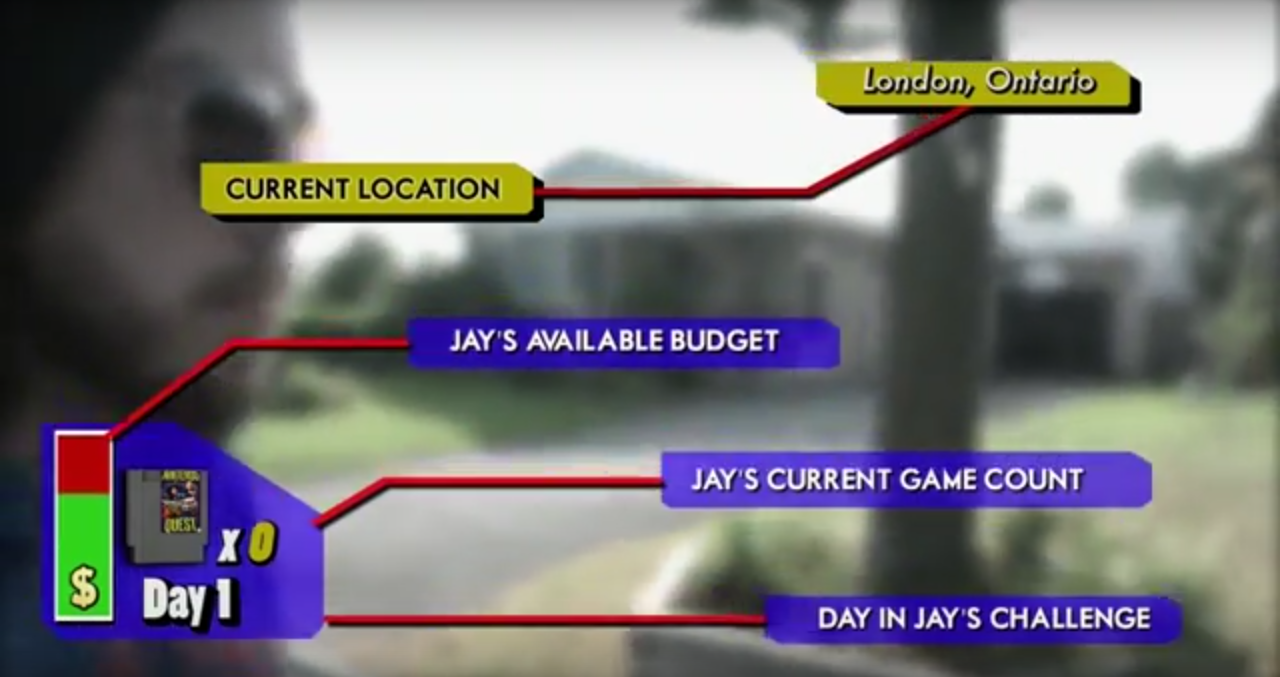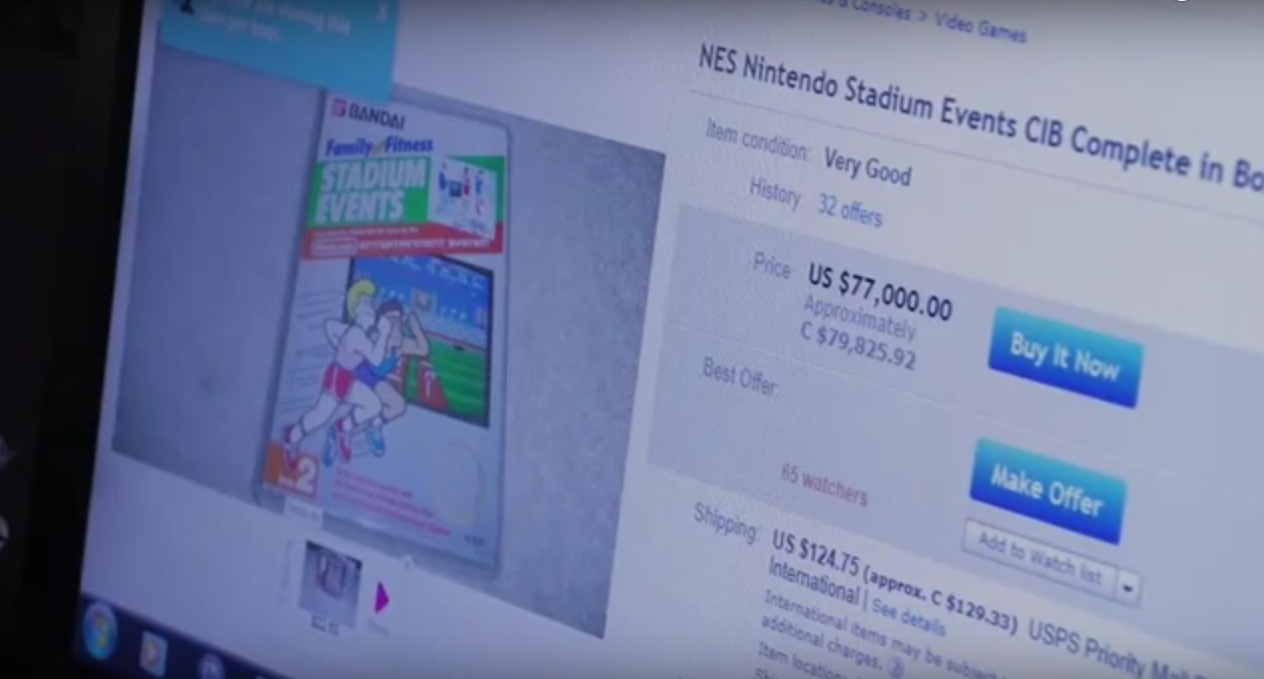Concerts based on video game soundtracks have been a staple of entertainment in Japan but have only recently been gaining in popularity in the West, mainly due to the hard work of Tommy Tallarico and his Video Game Music Live concerts which have been going strong for many years. The soundtracks to games are gaining prominence and airplay on the radio too and a wider audience is being reached. Bands like Anamanaguchi, who use old video game sound chips to help score their music, have further brought the video game sound to the mainstream and so people from all walks of life are developing a taste for video game music, in fact 3 out of the top 20 Hall of Fame tracks on Classic FMs poll last year were from video games!
This diverse audience for video game music was reflected in the Zelda concert where the audience ranged from early teens to people in their 40's and 50's. Most of the Arena was full and there were many people out in cosplays from the series.
I was extremely excited as Zelda: Ocarina of Time is my favourite game ever and the series holds a special place in my heart. Joining me was my older brother, we had fond memories of working through Ocarina of Time and Link's Awakening in our youth.
Before the concert started there was a moments silence for Prince and then the concert began.
The Royal Philharmonic Orchestra were amazing, bringing alive Koji Kondo's scores. The music was accompanied by stunning video footage of the various games in the series on huge screens and this made for a sense of synaesthesia, a real overload for the sights and sounds.
At just over 2 hours the concert went through a lot of classic tracks but my favourites were the Zelda Title track, Dragon Roost Island, Song of Time and Gerudo Valley.
What made the night even more special wad that there were pre-recorded interviews spliced in of people involved in the Zelda franchise including Miyamoto and Aonuma. This broke up the wonderful music and gave us an insight into the thoughts and feelings of the Nintendo staffers. Overall the evening was highly enjoyable and it has made me determined to finish Twilight Princess and Skyward Sword, taking over 100 hours getting me motivated to do that the gig must have been inspirational!


